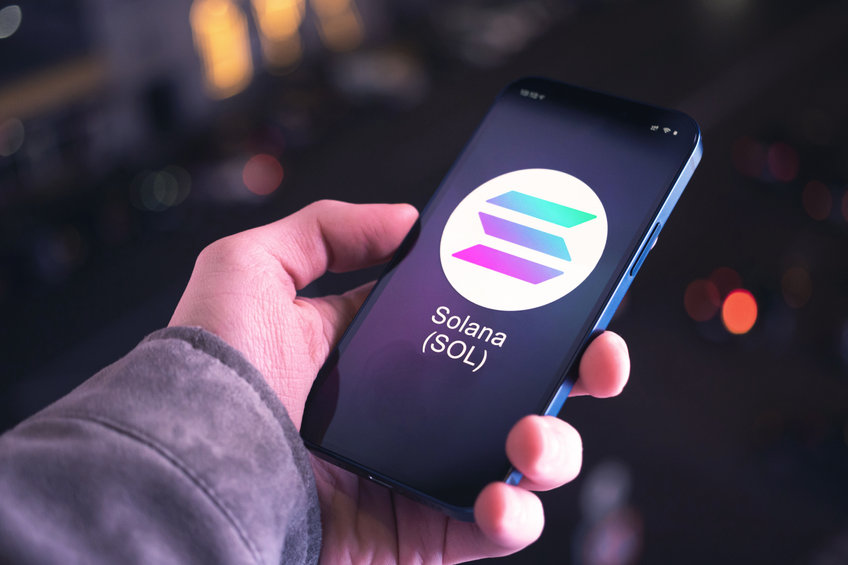Despite the broader crypto market downturn, sales of non-fungible tokens (NFTs) on the Solana blockchain have remained quite strong. Moreover, unique NFT sellers on the blockchain hit a new all-time high in May, outpacing unique buyers by a wide margin for the first time. Some of the reasons why buyers and sellers are preferring Solana NFTs are low fees and a more energy-efficient underlying blockchain.
Unique NFT sellers on the Solana blockchain hit a new all-time high of more than 1 million in May, increasing by around 170% from April’s less than 400,000 sellers. On the other hand, the number of buyers reached around 162,000, suggesting that there are now more than six sellers for every buyer on the network.
According to data by NFT market tracker CryptoSlam, the total number of transactions on the Solana blockchain has also hit a new all-time high, reaching 1,087,885 transactions in May. However, sales volume on the blockchain has seen a plunge, dropping to around $250 million.
Previously, Solana NFTs saw a major boost in April. As per DappRadar, the trading volume of Solana NFTs rose by 91% month-over-month (MoM) in April, generating close to $300 million in sales. This was partially attributed to the OpenSea integration (the biggest NFT marketplace), which took place in early April. DappRadar said:
“The Solana NFT bull run can be partially attributed to the network’s integration with OpenSea, as the leading NFT marketplace increases the visibility of these NFTs exponentially.”
Join our Telegram group and never miss a breaking digital asset story.
Solana is already one of the world’s most popular blockchains when it comes to NFTs, only second to Ethereum. The blockchain owes much of its success to its fast and cheap transactions.
For context, while the Ethereum network is limited to 15 transactions per second, Solana processes an average of 2,000 tps. In terms of fees, Ethereum’s gas fees can surge well past $50 during times of network congestion. However, Solana on average charges less than $0.00025 per transaction.
Notably, Solana’s unique proof-of-stake model does not come without tradeoffs in terms of network stability and arguably even security. Since the blockchain uses fewer validators, it is more vulnerable to attacks, which explains why the network has suffered from several attacks recently.
Magic Eden is still by far the dominant NFT marketplace on Solana. Despite OpenSea supporting Solana NFTs, the bulk majority of the network’s NFT sales are going through Magic Eden.
According to DappRadar, Magic Eden has processed over $171 million in sales over the past seven days. On the other hand, OpenSea has processed only $14 million in Solana NFT transactions during the same span of time.
Meanwhile, in the grand scheme of things, the NFT market on Ethereum is still significantly larger than that of Solana. Over the past 24 hours, the Ethereum blockchain recorded around $28 million in NFT sales, compared to Solana’s $4.5 million, according to CryptoSlam.
Do you think Solana NFTs will follow the success of Ethereum-based NFTs? Let us know in the comments below.
General Disclaimer: The Tokenist is an independent website managed by Tim (that’s me), who,
despite a background in corporate finance and private equity, should not be considered an “expert”
on all financial matters. The knowledge shared on this site comes from his own personal research and
experience. He does his best to provide accurate, useful information about financial products and
services, but makes no guarantee that all readers will achieve the same level of success. If you
have questions, consult a licensed financial advisor.
Advertising Disclosure: Some offers on this page may promote affiliates, which means The Tokenist earns a commission if you purchase products or services through the links provided. All opinions expressed here are the author’s and not of any other entity. The content at The Tokenist has not been endorsed by any entity mentioned at the site. For additional information, please review our full advertising disclosure.
Author
Administraroot

